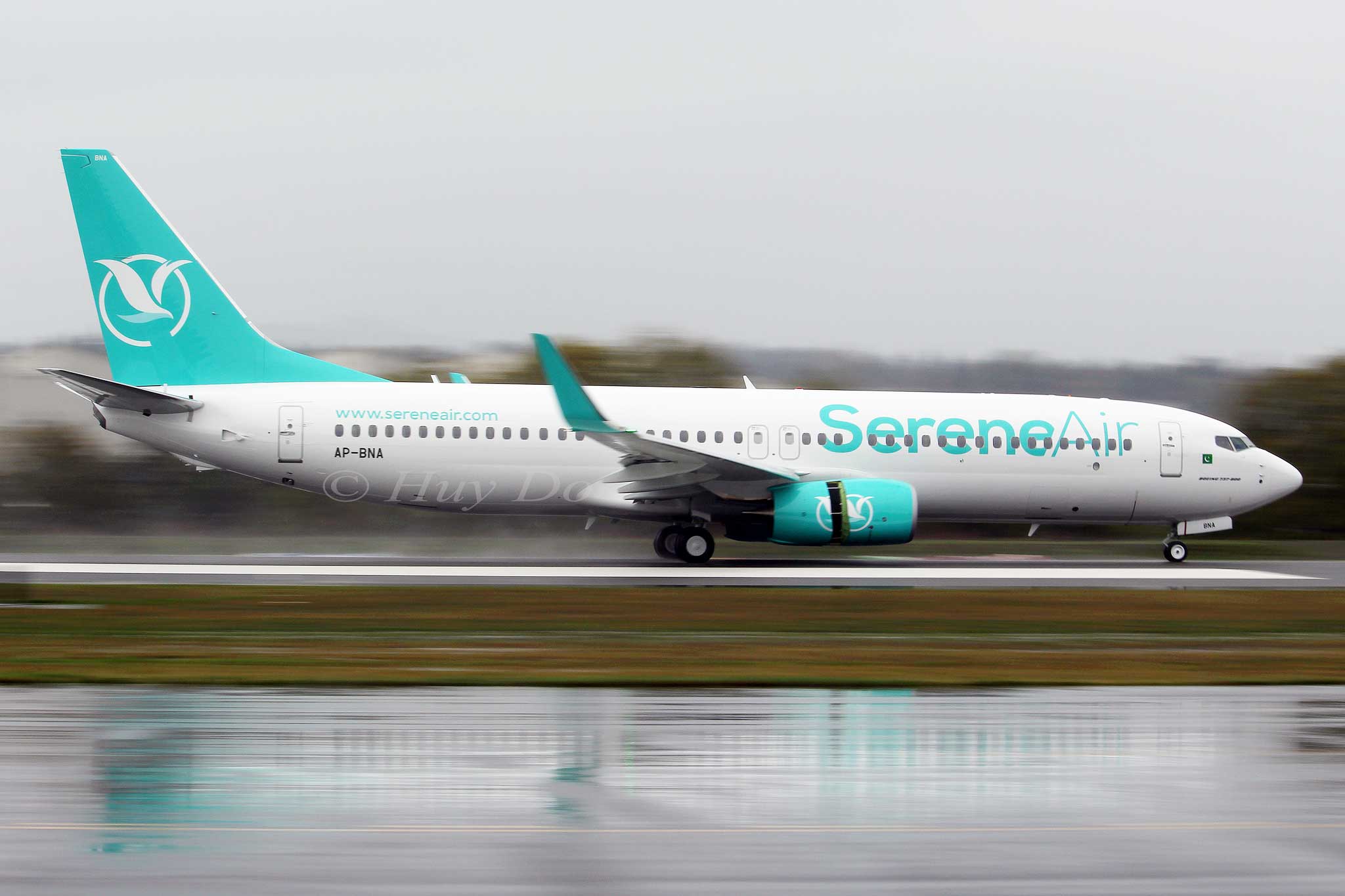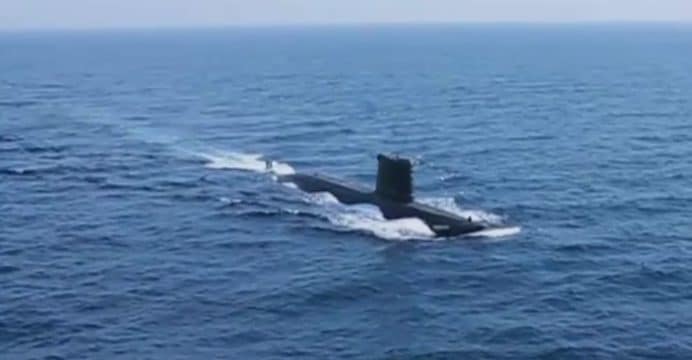timepass
Brigadier
...

Air transport is the second fastest method of transport, after space travel. Commercial jets reach speeds of up to 955 kilometers per hour (593 mph) and a considerably higher ground speed if there is a jet stream tailwind, while piston-powered general aviation aircraft may reach up to 555 kilometers per hour (345 mph) or more. This celerity comes with higher cost and energy use, and aviation’s impacts to the environment and particularly the global climate require consideration when comparing modes of transportation. Pakistan is linked to almost all the countries of the world through six international airports; Karachi, Islamabad, Lahore, Peshawar, Quetta and Multan. Karachi, the gateway to Asia, has the most modern airport of the country.

The Pakistan aviation industry started with Orient Airways, founded on 23 October 1946. Orient Airways commenced operations with four Douglas DC-3s on 4 June 1947 and ceased its operations on 11 March 1955 by merging into the Pakistan International Airlines Corporation (PIAC; founded in 1954) to become the national flag carrier of Pakistan called Pakistan International Airlines (PIA). PIA remained the main operator since its founding till the early 1990s, although several private airlines initiated and ceased operations during this time. These included Pak Air (1948–49), Pakistan Mercantile Corporation (1948), Crescent Air Transport (1952–54) and Agricultural Aviation (1973–75), although the latter merged into Aircraft Sales and Services Ltd. (ASSL) which is still operational. The private airlines did very well to compete with the well-established flag carrier PIA, which was controlled by the government.

The use of ICT in the airline industry and what impacts developments in ICT have made on the said industry. That highlights the role of ICTs in enhancing airline’s capability to interact with customers, reducing the operational costs, increasing the convenience for making reservations, managing air traffic, administering the crew and airport staff, improving the passenger’s in-flight experience, maximizing airline’s revenue by variable fares, improving security standards, promoting partnerships and alliances among airlines, integrating value added services. It has been argued that automation increases efficiency but human factor is yet very important in personifying the customer experience.

Air has the importance of force multiplier in China-Pakistan Economic corridor (CPEC). With the enhanced business and economic activities and establishment of new economic industrial zones in the country under CPEC, the civil aviation industry would get a significant boost. Under the mega project of CPEC, several new economic and industrial zones would be established in various parts of the country which would not only help in giving boost to economic activities but it would also help our transportation system. According to official documents available with this scribe, the federal government has decided to start 12 development projects including Gwadar International Airport for which total allocation of Rs.9.53 billion has been made for the current fiscal year for all projects. The details show that for the construction of Gwadar East Bay Bypass, an amount of Rs.4.7 billion had been set aside while Rs.1.5 billion have been allocated for new Gwadar International Airport. The CPEC will play a significant role in further developing the nation’s economy. Furthermore, it will serve as a catalyst in enhancing mutual trade and with other Gulf Cooperation Council (GCC) countries.

IATA (International Air Transport Association) forecast Pakistan domestic air travel will grow at least 9.5 percent per year, more than two times faster than the world annual growth rate of 4.1 percent over the next 20 years. The Indian and Brazilian domestics markets will grow at 6.9 and 4.9 percent respectively. Chinese domestic air travel market will surpass the US market to claim the number 1 spot by 2030, according to figures released by IATA. In a clear sign of Pakistan’s rising middle class choosing air travel, the number of domestic and international air travelers in Pakistan grew by 8 percent to 17.9 million in fiscal year 2013-14 compared to previous year, recording the fastest growth in passenger traffic in the last three years, according to data provided by the Civil Aviation Authority (CAA).
Where including Gwadar Port project, other mega projects would have deep effects on the civil aviation sector of the country which would result in significant increase in passengers, cargo activities and flights. The government had also planned for a development project to improve infrastructure of Pakistan Civil Aviation Authority. Under this project, construction of new airports, and up-gradation of several existing airports, radars and navigational instruments would be included. Due to these projects, the number of domestic and international flights would increase besides increase passengers and cargo service activities which would ultimately give more strength to the civil aviation sector of the country. The role of Information, Communication and Technology (ICT) in air cargo industry is an essential catalyst towards efficient delivery of goods in remote regions, lifesaving products to those in need and for commercial purposes while aviation industry is providing the backbone to all these projects. CPEC is not a name of a highway but it is the vision of leadership of both Pakistan and China which would change the fate of the people in the region.

Air transport is the second fastest method of transport, after space travel. Commercial jets reach speeds of up to 955 kilometers per hour (593 mph) and a considerably higher ground speed if there is a jet stream tailwind, while piston-powered general aviation aircraft may reach up to 555 kilometers per hour (345 mph) or more. This celerity comes with higher cost and energy use, and aviation’s impacts to the environment and particularly the global climate require consideration when comparing modes of transportation. Pakistan is linked to almost all the countries of the world through six international airports; Karachi, Islamabad, Lahore, Peshawar, Quetta and Multan. Karachi, the gateway to Asia, has the most modern airport of the country.

The Pakistan aviation industry started with Orient Airways, founded on 23 October 1946. Orient Airways commenced operations with four Douglas DC-3s on 4 June 1947 and ceased its operations on 11 March 1955 by merging into the Pakistan International Airlines Corporation (PIAC; founded in 1954) to become the national flag carrier of Pakistan called Pakistan International Airlines (PIA). PIA remained the main operator since its founding till the early 1990s, although several private airlines initiated and ceased operations during this time. These included Pak Air (1948–49), Pakistan Mercantile Corporation (1948), Crescent Air Transport (1952–54) and Agricultural Aviation (1973–75), although the latter merged into Aircraft Sales and Services Ltd. (ASSL) which is still operational. The private airlines did very well to compete with the well-established flag carrier PIA, which was controlled by the government.

The use of ICT in the airline industry and what impacts developments in ICT have made on the said industry. That highlights the role of ICTs in enhancing airline’s capability to interact with customers, reducing the operational costs, increasing the convenience for making reservations, managing air traffic, administering the crew and airport staff, improving the passenger’s in-flight experience, maximizing airline’s revenue by variable fares, improving security standards, promoting partnerships and alliances among airlines, integrating value added services. It has been argued that automation increases efficiency but human factor is yet very important in personifying the customer experience.

Air has the importance of force multiplier in China-Pakistan Economic corridor (CPEC). With the enhanced business and economic activities and establishment of new economic industrial zones in the country under CPEC, the civil aviation industry would get a significant boost. Under the mega project of CPEC, several new economic and industrial zones would be established in various parts of the country which would not only help in giving boost to economic activities but it would also help our transportation system. According to official documents available with this scribe, the federal government has decided to start 12 development projects including Gwadar International Airport for which total allocation of Rs.9.53 billion has been made for the current fiscal year for all projects. The details show that for the construction of Gwadar East Bay Bypass, an amount of Rs.4.7 billion had been set aside while Rs.1.5 billion have been allocated for new Gwadar International Airport. The CPEC will play a significant role in further developing the nation’s economy. Furthermore, it will serve as a catalyst in enhancing mutual trade and with other Gulf Cooperation Council (GCC) countries.

IATA (International Air Transport Association) forecast Pakistan domestic air travel will grow at least 9.5 percent per year, more than two times faster than the world annual growth rate of 4.1 percent over the next 20 years. The Indian and Brazilian domestics markets will grow at 6.9 and 4.9 percent respectively. Chinese domestic air travel market will surpass the US market to claim the number 1 spot by 2030, according to figures released by IATA. In a clear sign of Pakistan’s rising middle class choosing air travel, the number of domestic and international air travelers in Pakistan grew by 8 percent to 17.9 million in fiscal year 2013-14 compared to previous year, recording the fastest growth in passenger traffic in the last three years, according to data provided by the Civil Aviation Authority (CAA).
Where including Gwadar Port project, other mega projects would have deep effects on the civil aviation sector of the country which would result in significant increase in passengers, cargo activities and flights. The government had also planned for a development project to improve infrastructure of Pakistan Civil Aviation Authority. Under this project, construction of new airports, and up-gradation of several existing airports, radars and navigational instruments would be included. Due to these projects, the number of domestic and international flights would increase besides increase passengers and cargo service activities which would ultimately give more strength to the civil aviation sector of the country. The role of Information, Communication and Technology (ICT) in air cargo industry is an essential catalyst towards efficient delivery of goods in remote regions, lifesaving products to those in need and for commercial purposes while aviation industry is providing the backbone to all these projects. CPEC is not a name of a highway but it is the vision of leadership of both Pakistan and China which would change the fate of the people in the region.










